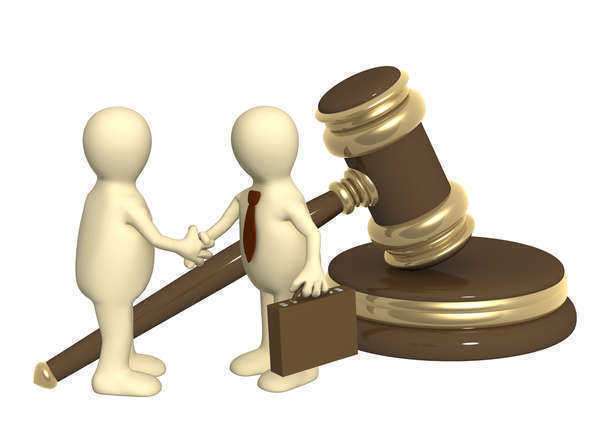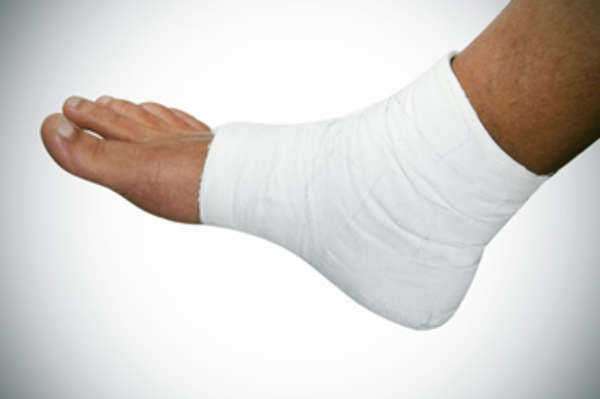
Understanding Injuries in Tort Law
Injuries can happen in many different situations, but when they happen because of someone else’s negligence or intentional actions, the injured party may have a legal claim known as a tort. Tort law is a branch of civil law that deals with harm done to people or their property.
If you have been injured in an accident caused by someone else’s actions, you may have a legal claim for compensation or damages. Understanding the basics of tort law can help you determine your options and protect your rights.
Types of Torts
There are three main types of torts: intentional, negligent, and strict liability torts.
Intentional Torts:
Intentional torts occur when someone intentionally causes harm to another person or their property. Examples of intentional torts include assault, battery, false imprisonment, trespassing, defamation, and emotional distress.
Assault occurs when someone intentionally threatens another person with harm. Battery, on the other hand, occurs when someone intentionally touches another person in a harmful or offensive way.
False imprisonment is the intentional confinement of a person against their will, while trespassing is the intentional entry onto another person’s property without their permission. Defamation is a false statement that harms the reputation of another person, while emotional distress involves intentional infliction of emotional distress, such as by harassing or stalking someone.
Negligent Torts:
Negligent torts occur when someone causes harm to another person or their property by failing to exercise reasonable care. Examples of negligent torts include car accidents caused by careless driving, medical malpractice, and slip and fall accidents caused by hazardous conditions on someone’s property.
In order to prove negligence, the injured party needs to establish four elements: duty, breach, causation, and damages. The defendant must have had a duty to exercise reasonable care to avoid harming the plaintiff, breached that duty, and caused the plaintiff’s injuries, resulting in damages.
Strict Liability Torts:
Strict liability torts are those where the defendant is automatically liable for the plaintiff’s injuries, regardless of whether they were negligent or intentional. Examples of strict liability torts include product liability cases, where a defective product causes injuries, and dangerous activities such as storing explosives or keeping wild animals.
Defenses to Tort Claims
In tort law, there are several defenses that can be used by defendants to avoid liability. Some of the most common defenses include:
Contributory Negligence:
Contributory negligence is a defense that can be used if the plaintiff’s own negligence contributed to their injuries. Under contributory negligence rules, if the plaintiff is found to be even partially at fault for their own injuries, they may be barred from recovering any damages.
Comparative Negligence:
Comparative negligence is a defense that allows the plaintiff to recover damages even if they were partially at fault for their injuries. Under comparative negligence rules, damages are reduced in proportion to the plaintiff’s percentage of fault.
Assumption of Risk:
Assumption of risk is a defense that is used when the plaintiff knowingly and voluntarily assumes a risk of injury to participate in an activity. For example, if someone is injured while participating in a dangerous sport like skydiving or bungee jumping, they may be barred from recovering damages if they signed a waiver acknowledging the risks involved.
Statute of Limitations:
The statute of limitations is a defense that can be used when the plaintiff waits too long to file a claim. Every state has a statute of limitations that sets a time limit for filing a tort claim. If the plaintiff files a claim after the statute of limitations has expired, they may be barred from recovering damages.
Damages in Tort Claims
If you are successful in proving your tort claim, you may be entitled to recover damages for your injuries. Damages are meant to compensate the injured party for their losses and typically fall into two categories: economic and non-economic damages.
Economic Damages:
Economic damages are damages that are meant to compensate the plaintiff for their financial losses, such as medical bills, lost wages, and property damage. Economic damages are relatively easy to calculate and typically have a clear dollar value.
Non-Economic Damages:
Non-economic damages are damages that are meant to compensate the plaintiff for non-financial losses, such as pain and suffering, emotional distress, and loss of enjoyment of life. Non-economic damages are more subjective and may be more difficult to calculate.
Conclusion
Tort law plays an important role in protecting the rights of individuals who have been injured by the actions of others. By understanding the basics of tort law, you can better protect your rights and seek compensation for your injuries. Remember, if you have been injured in a tort, you should consult with a qualified attorney who can advise you on your legal rights and options.
Injury law is categorized within the legal field known as tort law, which is one of the kinds of civil law (with other categories being those devoted to subjects such as property ownership and drawing up contracts). Torts do not refer to criminal offenses, though these may also be contained in the act addressed through the civil means of the lawsuit.
For this reason, the burden of proof on the plaintiff in a personal injury tort case, such as one attempting to establish the occurrence of malpractice, may be different than it would be in a criminal court case, even one directed toward the same wrongful act. By itself, a personal injury tort cannot lead to the defendant being jailed or in some other way being punished with governmental infringements on his or her liberty.
A malpractice lawsuit, for instance, would strive to show that the physician or some other kind of medical caregiver possessed the responsibility for the medical injury which was suffered, a responsibility called for the specific purposes of the tort “liability.”
A defendant found to be liable by a personal injury lawsuit can thus be required to give some kind of restitution, usually in the form of a monetary settlement, to the plaintiff. People who decide to claim that malpractice has occurred through a medical injury tort would thus be able to make that claim without proving that a criminal act has taken place. Instead, they would establish the responsibility of the person who has committed malpractice to pay for their resultant medical bills and other financial burdens imposed by the medical injury.
In this sense, torts offer a useful service to people who have been injured through the malpractice or some other form of irresponsibility committed by others by concentrating on the well-being of the victim rather than the punishment of the perpetrator. Personal injury torts have thereby become quite widespread and popular in the modern-day American legal system to address problems ranging from malpractice to overly hot coffee being served at fast-food restaurants.
Personal injury torts can be filed against either intentional or negligent actions. A medical injury, for instance, could be shown to have been the result of negligence if the plaintiff and his or her legal representation can show a general pattern or a specific instance of carelessness on the part of the administering physician and the medical facility. Depending on whether intentional or negligent liability is claimed through the personal injury tort, the plaintiff’s personal injury attorney can be faced with a differing degree of the burden of proof and different specific things to prove about the case.
A case of negligence leading to personal injury, to this end, must show that the defendant had a responsibility to care for the safety of others, failed to honor this responsibility, and consequently caused the plaintiff to suffer the injury. In this way, an administering physician can possess liability for any medical injury which occurs. Intentional personal injury torts involve an excessive will to cause injury.
















